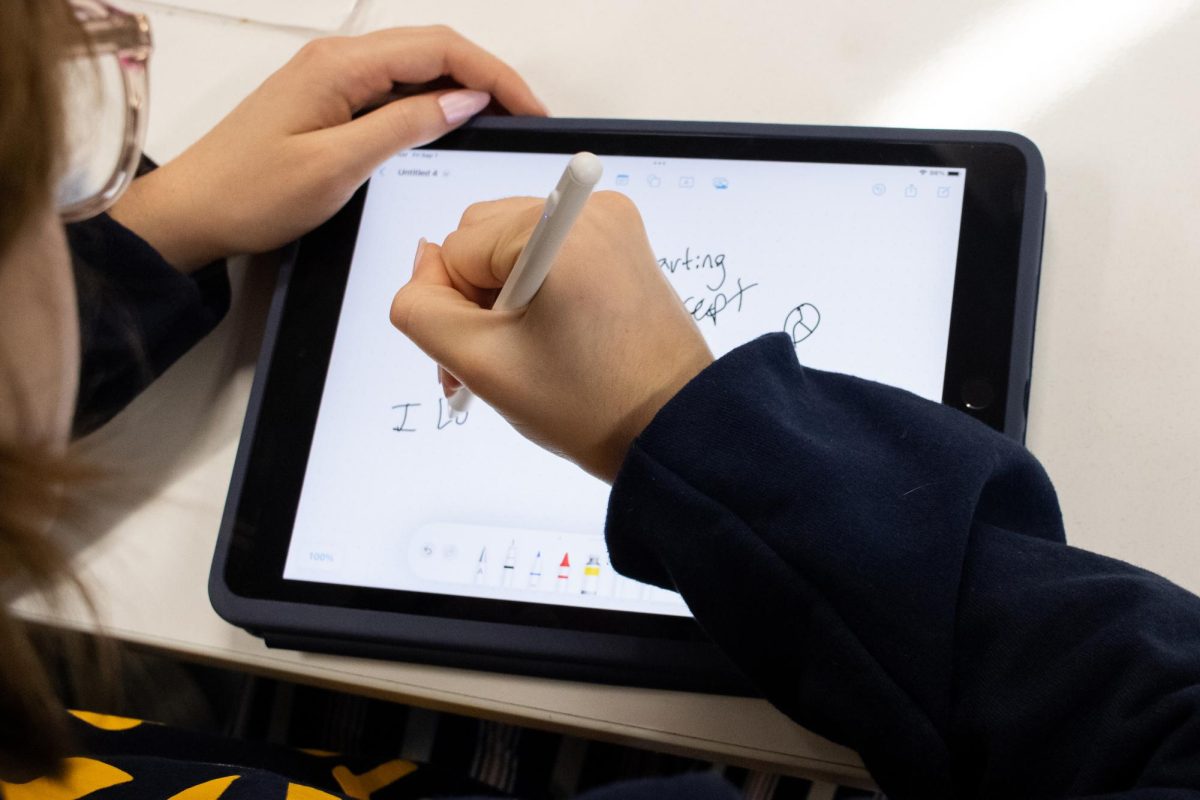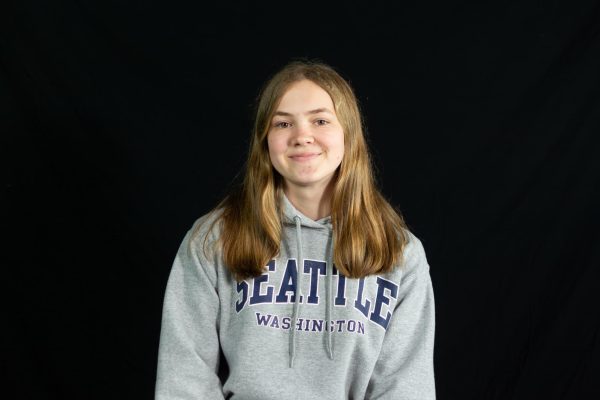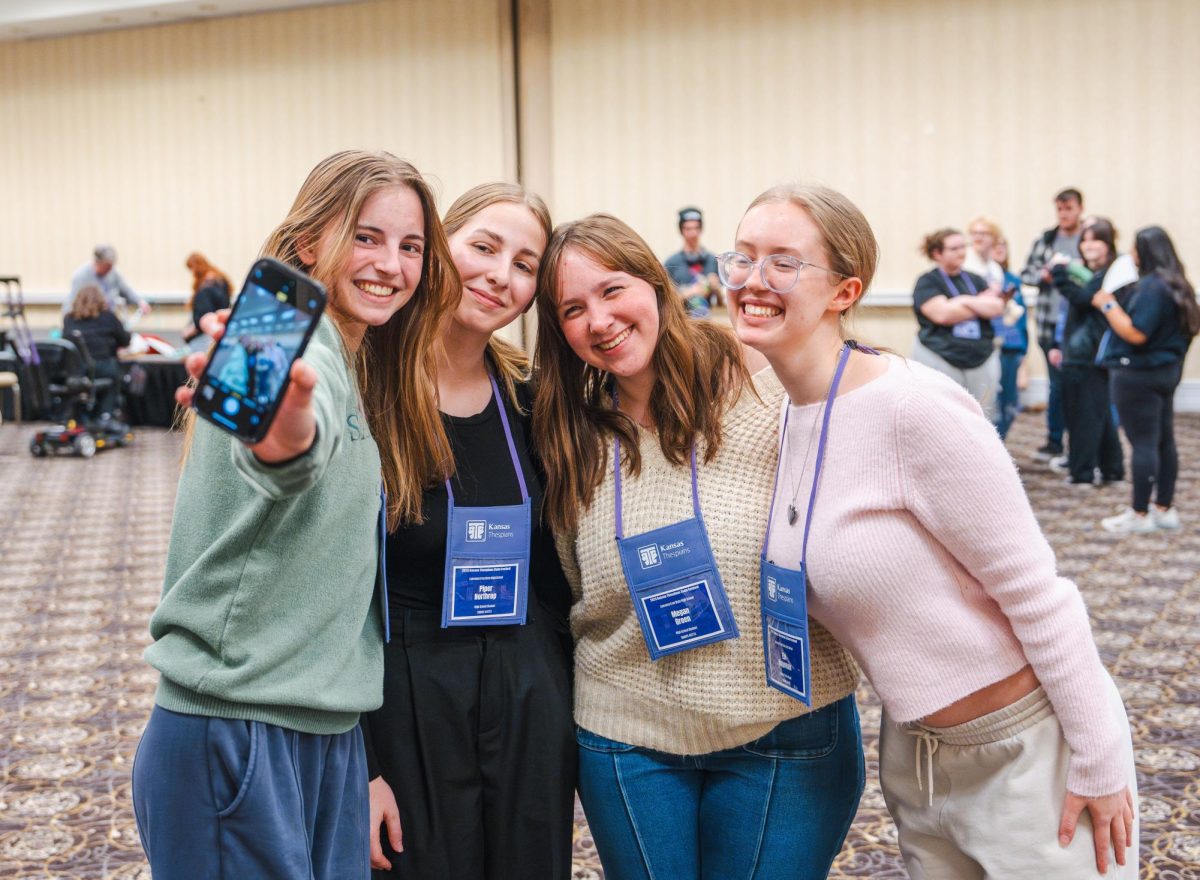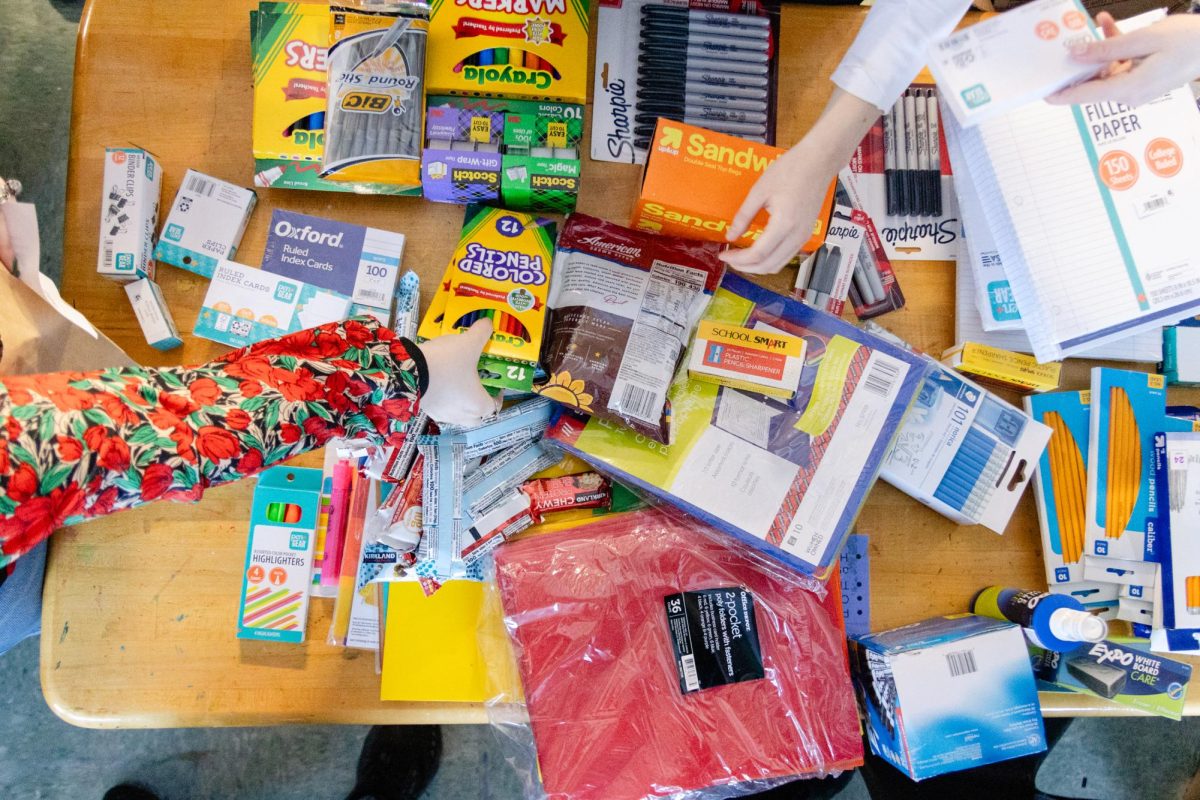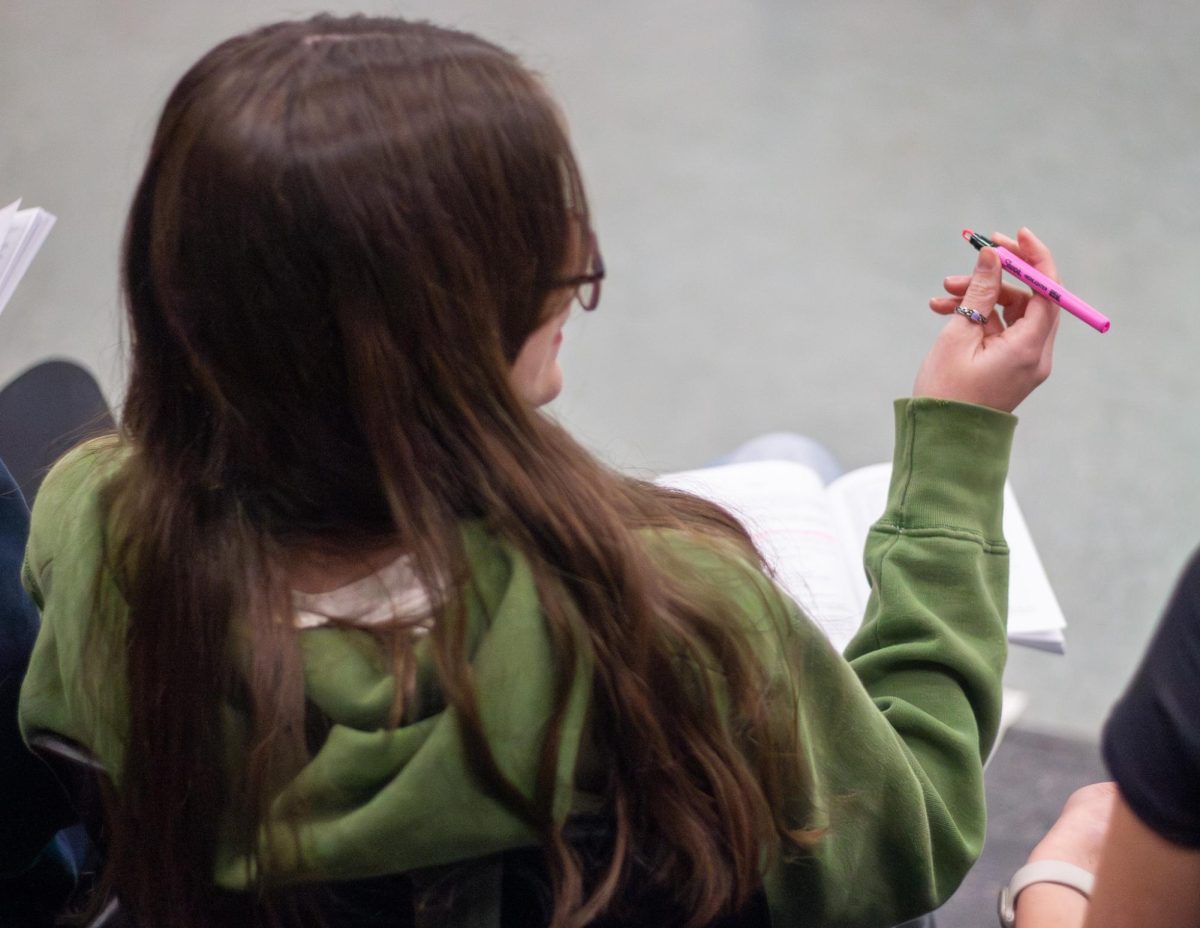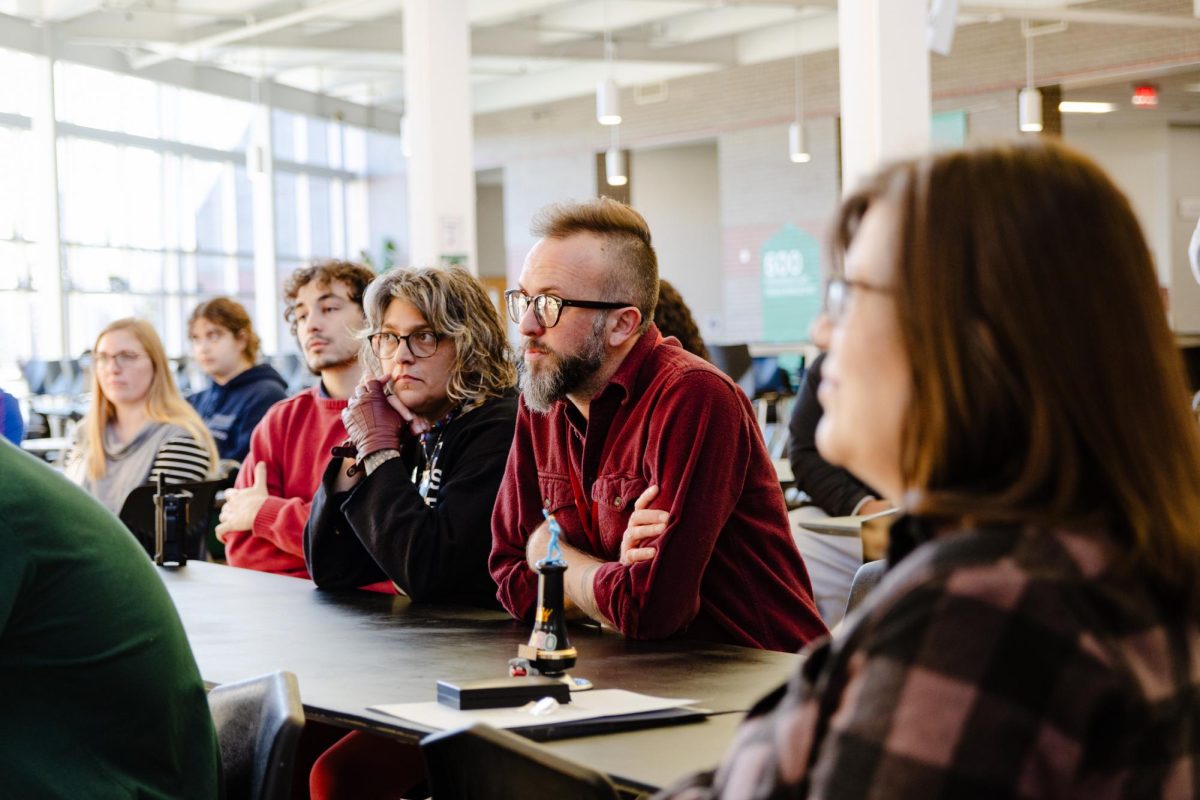After the announcement last semester, students, teachers and parents were initially very critical of the movements from laptops to iPads (Stella Mosier’s editorial could be linked here or mentioned). Now, after four months of school, students have had time to reflect on their application and features.
“Using some of the software that you would use on a computer would be easier, like Google Slides would be easier on our computer than an iPad, but in other aspects, like more artistic apps, it would work better,” senior Lilly Bruffett said.
Despite some apps being better suited for iPads, some have been more difficult to use, such as Google Docs, PowerSchool and Schoology.
“The stuff that we did on laptops has been harder to do on the iPads, but with more practice, students are getting better at it over the quarter,” English teacher Adam Smith said, “However, it’s been a struggle getting everyone up to speed.”
Because of students’ struggles with using iPads for school work, iPads have been labeled harder to use. According to library technician Marissa Hegeman, iPads are slower and harder to navigate, but however are more durable and way less susceptible to breaking.
“Every time I get frustrated at iPads I remember that at this point last year we had 60 broken MacBooks and each broken MacBook cost us $400 to repair,” Hegeman said. “That was $24,000 that we had spent on laptops just last year.”
Moving later into finals, students continue to use iPads and adapt to the learning curves present, looking into more of the positive uses.
“I’m hoping that as we move forward and get used to using iPads, that we figure out some tricks and streamline some accessibility issues that will make the iPads even more user friendly,” Hegeman said. “But, right now, I think we’re trying to figure out how we can make the iPad as close to MacBooks.”


